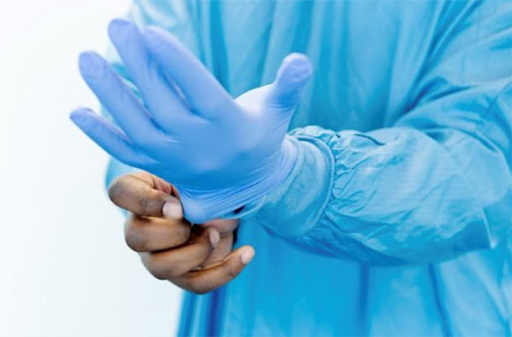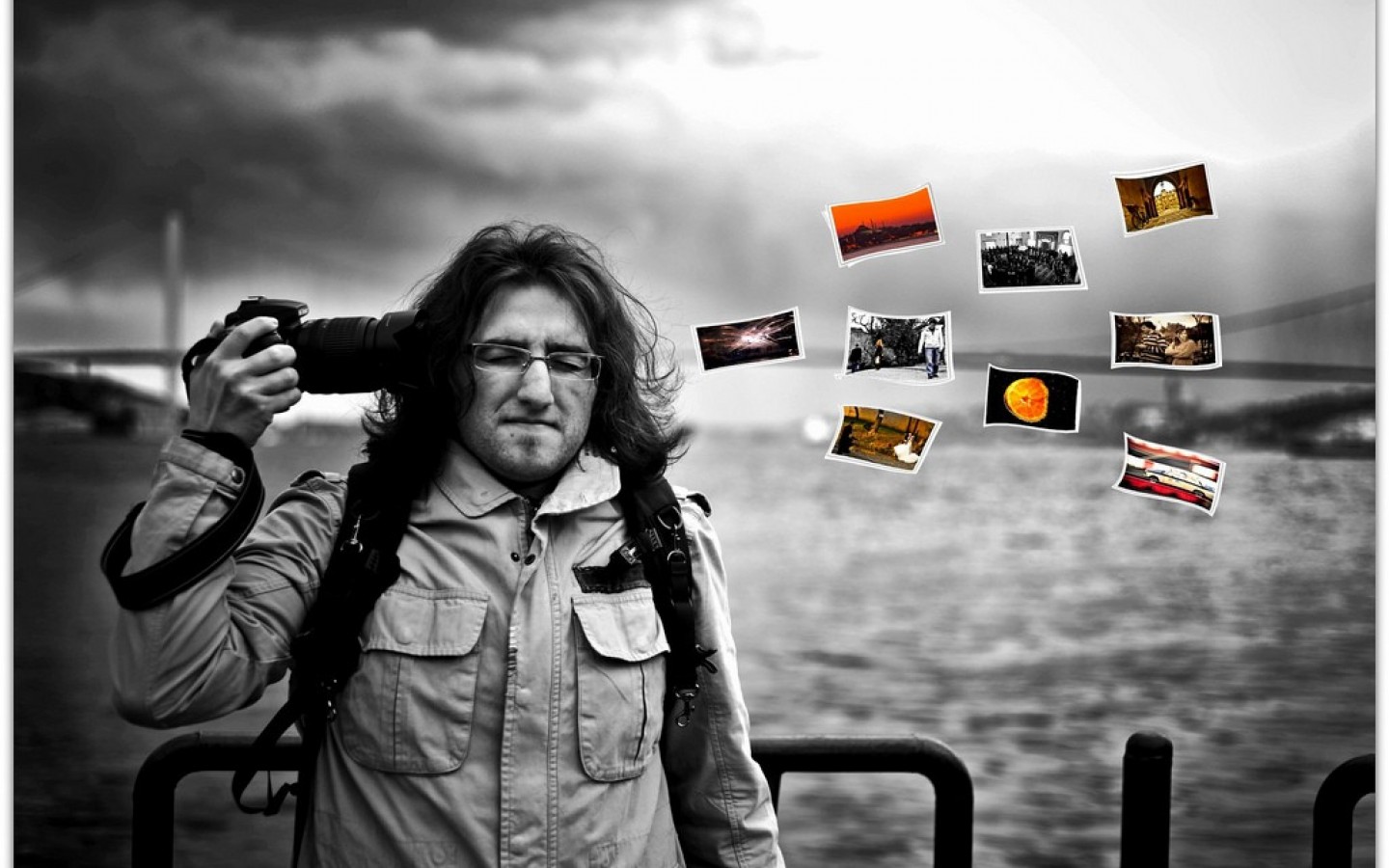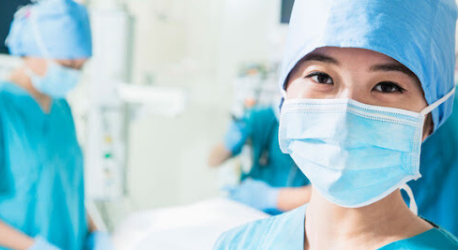Below is one of the notable content specified in Decision 5188/QD-BYT in 2020 on guidelines for the prevention and control of SARS-CoV-2 infection in medical examination and treatment establishments issued by the Ministry of Health of Vietnam on December 15, 2020.

COVID-19: Principles for using personal protective equipment in Vietnam (Artwork)
In order to prevent the risk of infection with SARS-CoV-2 and other pathogens from patients to health workers, other patients, visitors, in the Guidelines for the prevention and control of SARS-CoV-2 infection in medical examination and treatment establishments issued together with Decision 5188/QD-BYT, the Ministry of Health of Vietnam clearly states a number of principles to be grasped when using personal protective equipment as follows:
1. General principles:
- Use rehabilitation equipment according to standard precautions combined with transmission prevention appropriate to the situation of caring for people with or suspected SARS-CoV-2 infection.
- The rehabilitation vehicles need to be of sufficient size and meet quality standards according to Vietnam's Decision 1616/QD-BYT dated April 8, 2020, of the Ministry of Health of Vietnam.
- Ensure the availability of rehabilitation facilities at the reception, screening, temporary isolation areas, isolation areas for treatment collection, buffer rooms for isolation rooms, testing rooms, treatment areas waste, disposing of corpses.
- Proper instructions and procedures for carrying and removing rehabilitation equipment should be followed.
2. Some specific principles:
- Always bring the prescribed rehabilitation equipment according to each situation when contacting, examining, and caring for people infected or suspected of being infected with SARS-CoV-2. See Appendix 3 for the use of rehabilitation by situation. You must ensure that the rehabilitation vehicle covers the whole body; do not wear two masks. Prepare adequate rehabilitation equipment suitable for the situation to be implemented.
- In the event of a hospital emergency but not able to exploit epidemiological factors, use rehabilitation equipment like when giving first aid to people infected or suspected of having SARS-CoV-2 infection.
- The practice of putting on and removing PPE must be done well before caring for an infected or suspected SARS-CoV-2 infected person and must be supervised by a trained member of staff.
- Avoid contact with or adjust the rehabilitation equipment brought while working in the isolation room or area. Do not carry and remove rehabilitation equipment in the same room. The room carrying the rehabilitation vehicle must be outside the isolation room.
- Remove the means of rehabilitation immediately after leaving the isolation area. Rehabilitation equipment should be removed from the buffer chamber before leaving the isolation area. Do not take the rehabilitation vehicle after coming into contact with NB to go to other areas.
+ Change gloves when transferring from one patient to another. Change gloves if torn. VST before wearing new gloves.
+ When disassembling the rehabilitation equipment, the following principles should be observed:
+ The outer surface of the rehabilitation vehicle has a high risk of contamination. The outer surface must be rolled inward when removing.Do not shake the rehabilitation vehicle when removing it.
+ The front of the rehabilitation vehicle has a higher risk of infection than the back. Avoid touching the front of the rehabilitation vehicle with your hands.
+ The mask is removed last.
- Means of rehabilitation are only used once and are infectious waste. After dismantling, they must be immediately placed in the infectious waste container (yellow bin). The waste container must be large enough and have a tight-fitting lid.
- Health workers directly taking care of patients or staff performing other services related to people infected or suspected of being infected with SARS-CoV-2 need to be trained and trained to use rehabilitation equipment proficiently.
Note: These principles apply to all health workers, patients' family members, visitors, people who have contact with patient or patient samples, tools, linen, waste, means of care, transportation, and people infected or suspected of being infected with SARS-CoV-2.
- Key word:
- Decision 5188/QD-BYT of Vietnam
 Article table of contents
Article table of contents






.Medium.png)
.Medium.png)
.Medium.png)
.Medium.png)
